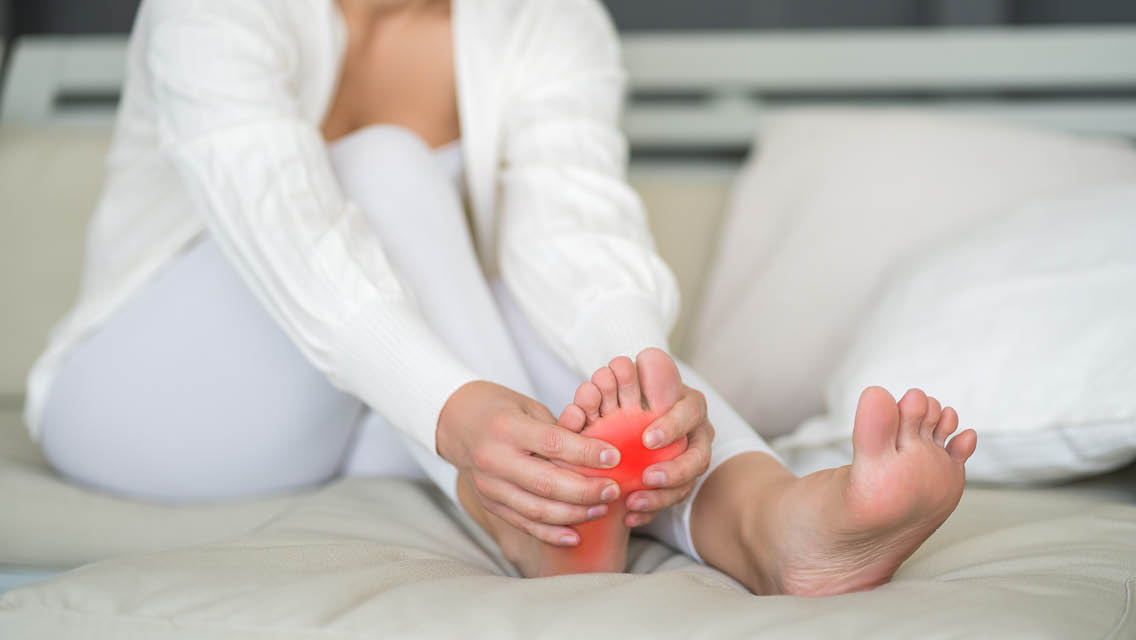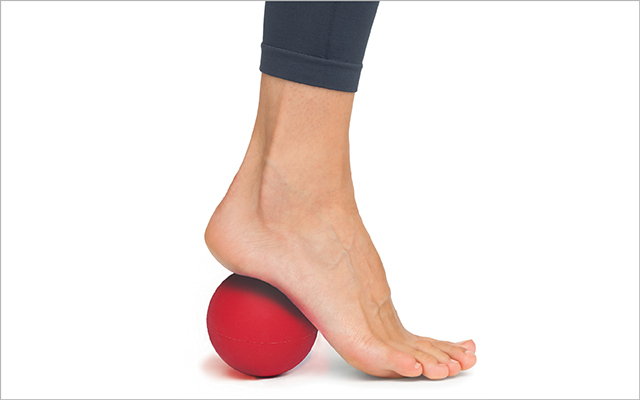The plantar fascia is the thick, rubber band–like tissue that connects our heels to the balls of our feet and toes, supporting our arches along the way. It acts as a shock absorber for our feet, and given the trials we put them through — standing, running, jumping, and more — it’s no wonder it often gets sore.
One in 10 people suffers plantar fasciitis at some point, and more than 2 million are treated for it annually, according to the Cleveland Clinic. Also known as runner’s heel, it’s similar to tennis elbow and golfer’s elbow as an all-too-common repetitive-stress injury.
Ibuprofen can provide short-term relief from pain and inflammation, the Mayo Clinic notes. But to determine best practices for managing plantar fasciitis, physiotherapist Dylan Morrissey, PhD, at Queen Mary University of London, led an international team in a systematic review of 51 trials involving 4,351 participants. The results were published in BMJ in 2021.
The following treatments are among the most effective, and some don’t even require a trip to the doctor’s office:
- When you first start feeling pain, remedies include taping the foot for support and plantar-fascia stretching (often by pulling back on the ball of the foot as well as rolling out the arch). Over the longer term, stretching exercises were found to be less effective. Other common treatments, such as calf stretching and applying wheatgrass cream, were deemed ineffective.
- The systematic analysis found trigger-point dry needling was not effective, but another 2021 study in Oxford’s Pain Medicine suggests it may reduce pain, at least in the short term. Dry needling is a procedure that uses a thin needle to penetrate the skin and release myofascial trigger points.
- Orthotics often provide short-term relief. The team reported that custom-made orthotics are vastly superior to premade, store-bought, or magnetized insoles.
- For nonresolving, ongoing issues, extracorporeal shock-wave therapy has proven to be a promising medical intervention. It uses sound waves to reduce pain and promote healing.
While researchers studied several treatments, no single approach emerged as a silver bullet. As one physician quoted in the study put it: “The nature of the condition is that you need to be doing a range of things, but all together for a sustained period of time.”
This article originally appeared as “Unhappy Feet: Treating Plantar Fasciitis” in the May 2023 issue of Experience Life.






This Post Has One Comment
Great article! As a longtime sufferer of plantar fasciitis, I appreciate the thorough overview of treatment options. Stretching and proper footwear have been game-changers for me. Thanks for the valuable insights!